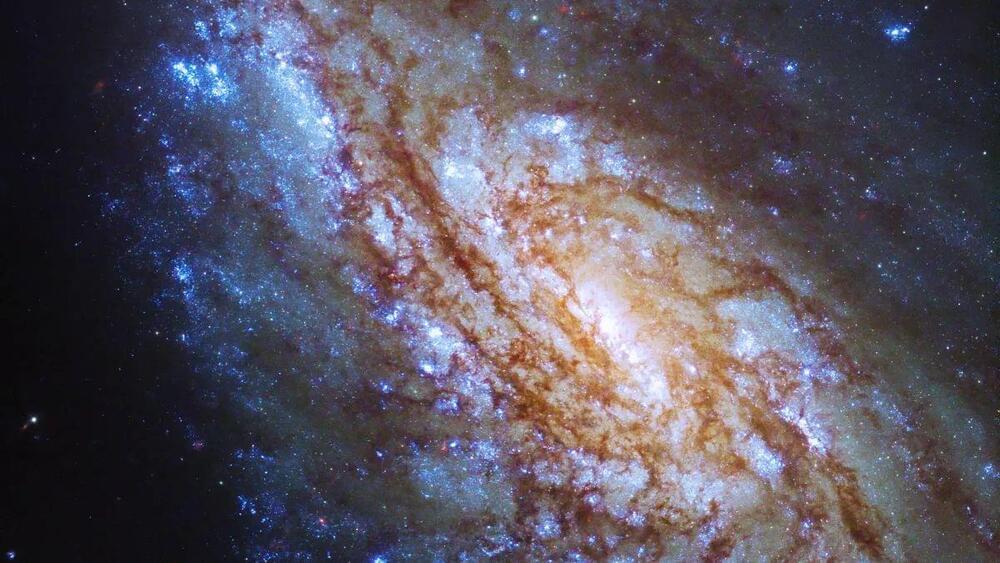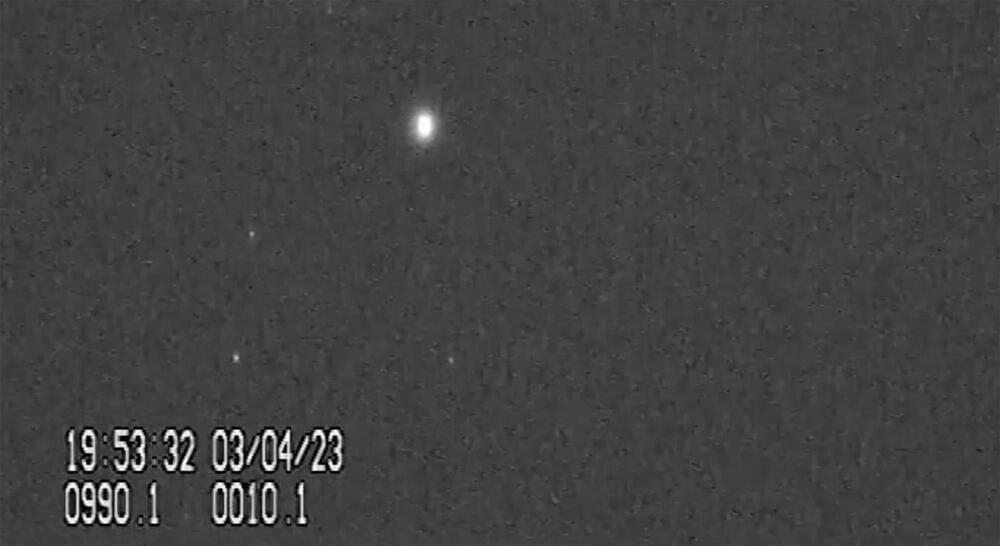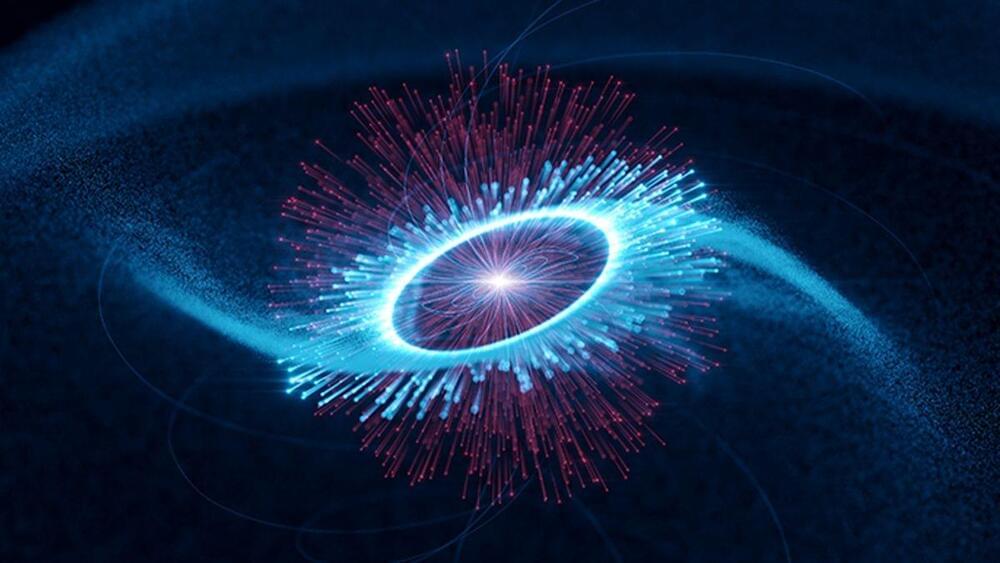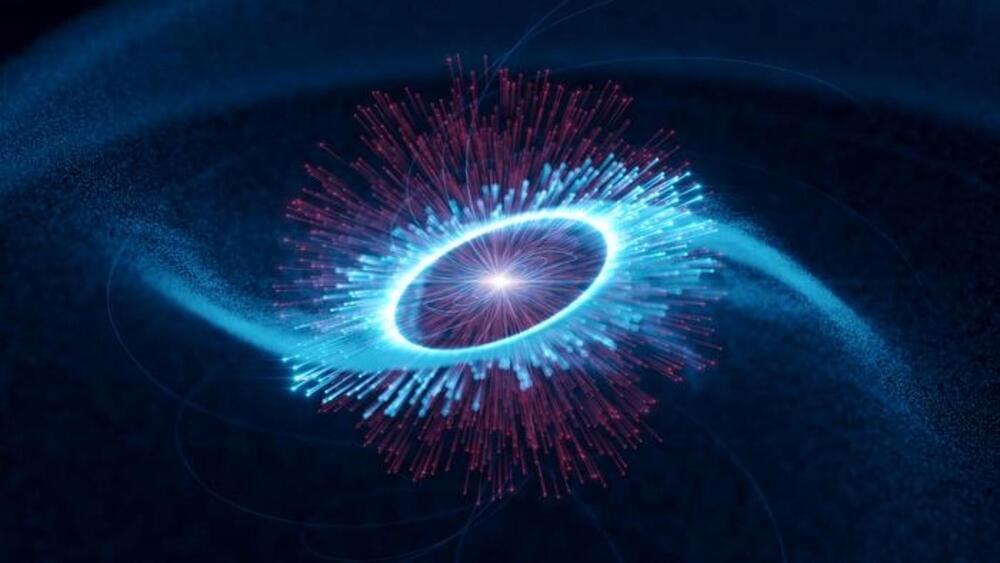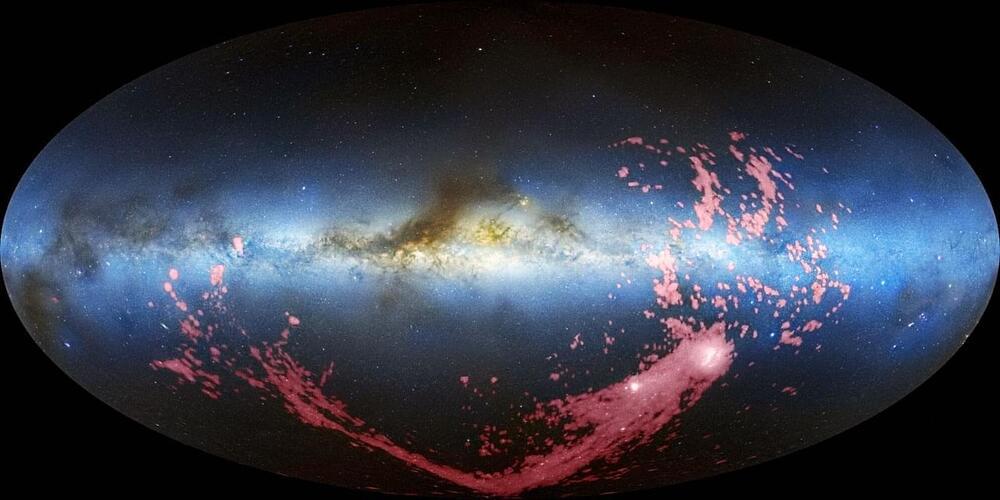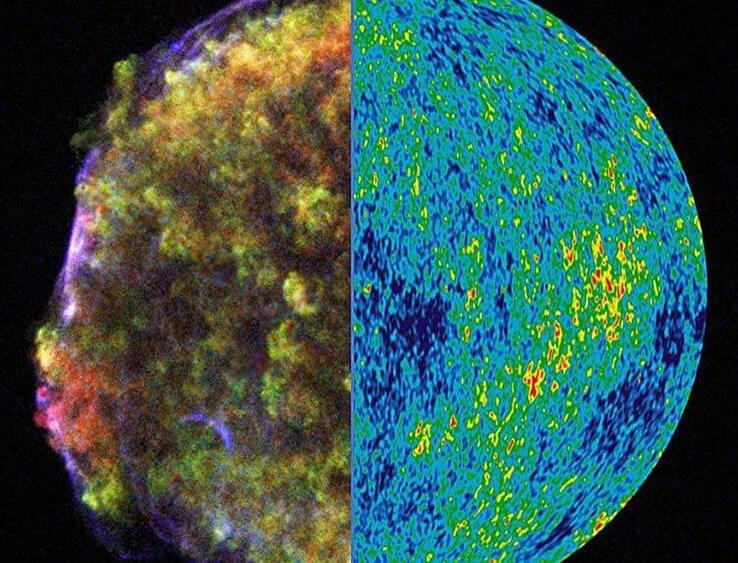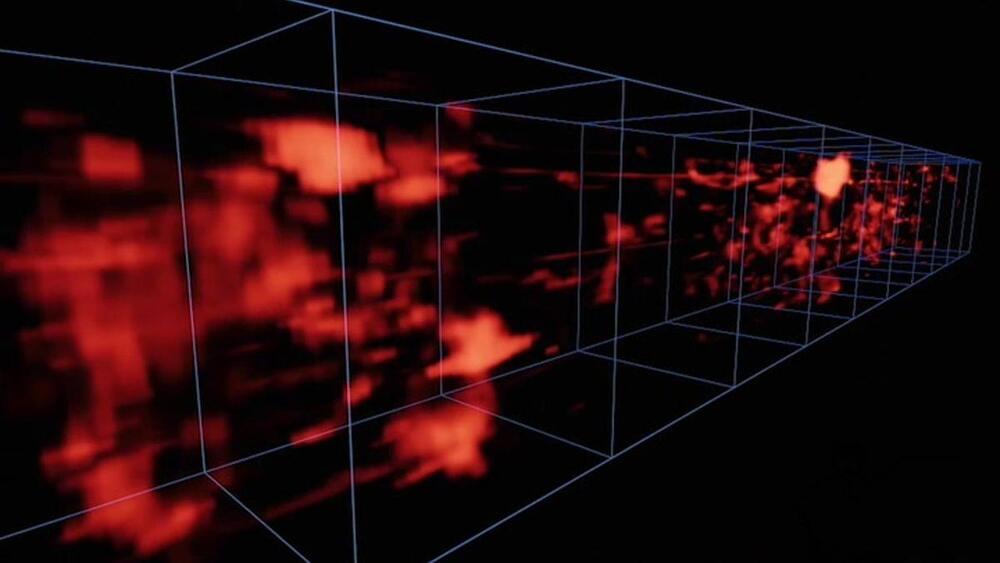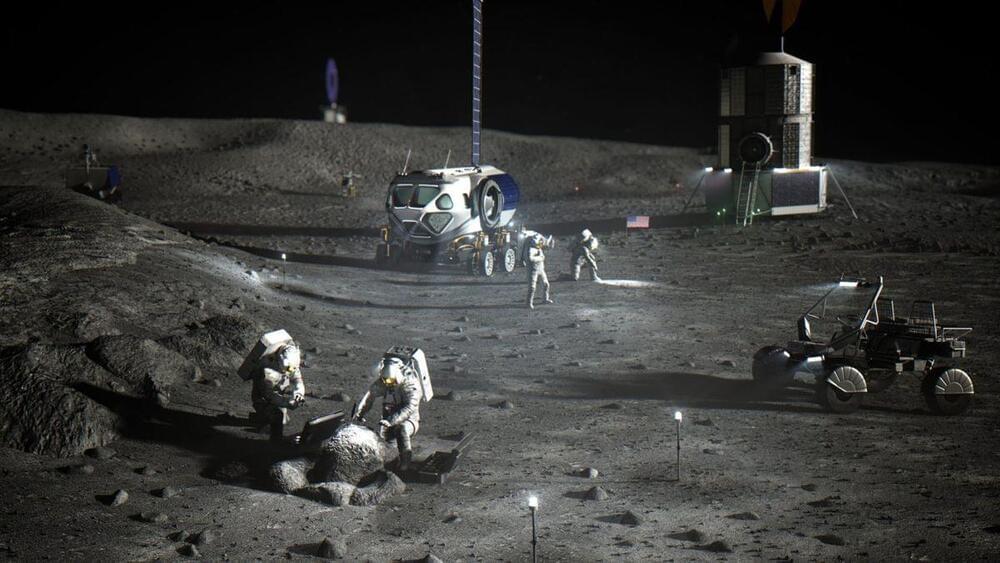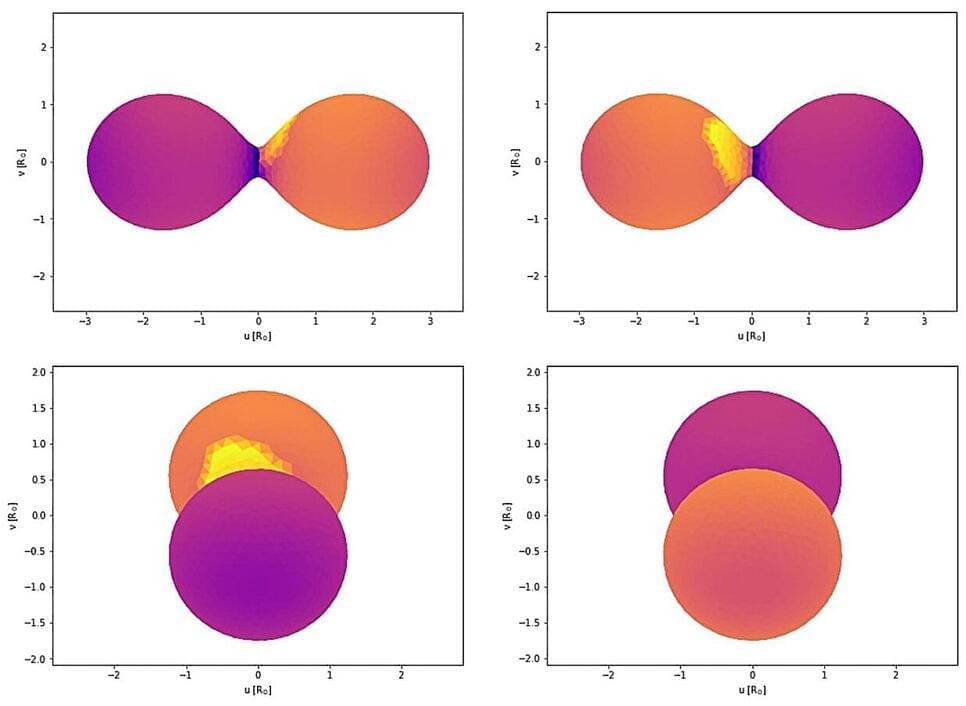Archive for the ‘space’ category: Page 37
Oct 5, 2023
An Oddly Bright Object Can Now Be Seen Moving Through the Night Sky. Here’s Why It Has Astronomers Worried
Posted by Ron Gowans-Savage in category: space
Have you seen an unusually bright object moving through the evening sky recently?
Chances are that it wasn’t one of the mysterious objects that the DoD and NASA are currently studying, but was instead one of the growing number of manmade spacecraft taking up residence in Earth’s orbit.
And this one has astronomers particularly concerned.
Oct 5, 2023
Highest-energy pulsar ever seen could indicate new physics
Posted by Genevieve Klien in categories: energy, physics, space
The surprising detection of light 200 times more powerful than previous observations from the nearby pulsar Vela indicates hidden physics around dead stars.
Oct 5, 2023
Most energetic gamma-ray emission detected from a pulsar
Posted by Gemechu Taye in category: space
The Vela pulsar has claimed the record for emitting the most powerful gamma rays among all known pulsars.
A corpse of a dead star has been found to be emanating the most intense gamma rays ever observed. This unexpected observation was found coming from the Vela pulsar, situated in the constellation Vela.
Astronomers noted that the detected gamma rays had an astonishing energy level of 20 tera-electronvolts (TeV), which is ten trillion times higher than the energy of visible light.
Continue reading “Most energetic gamma-ray emission detected from a pulsar” »
Oct 5, 2023
Astronomers Find Stars Cast Away from Galactic Neighbors
Posted by Genevieve Klien in category: space
After decades of searching, scientists have found stars accompanying the gas streaming from two smaller galaxies that orbit our Milky Way.
Our galaxy is so big that astronomers are still exploring its stellar backwaters. Now, new observations have enabled them to map a previously uncharted structure in the Milky Way.
Scientists have found 13 stars that they believe are associated with the Magellanic Stream — a giant ribbon of gas stretching over three-quarters of the way across the sky. The researchers presented their findings on the arXiv astronomy preprint server in June.
Oct 5, 2023
‘Remarkable’ explosions from colliding, dead stars could reveal the true expansion rate of the universe
Posted by Genevieve Klien in category: space
Two conflicting methods to measure the expansion rate of the universe give different results, but researchers could resolve the disparity by watching merging neutron stars explode.
Oct 5, 2023
Light from the cosmic web connecting galaxies has been seen for the 1st time (video)
Posted by Dan Breeden in category: space
For the first time, astronomers have directly imaged the faint glow of the diffuse cosmic web that stretches throughout the known the universe.
Oct 5, 2023
Revealing the OSIRIS-REx Asteroid Sample (Official NASA Broadcast in 4K)
Posted by Alan Jurisson in category: space
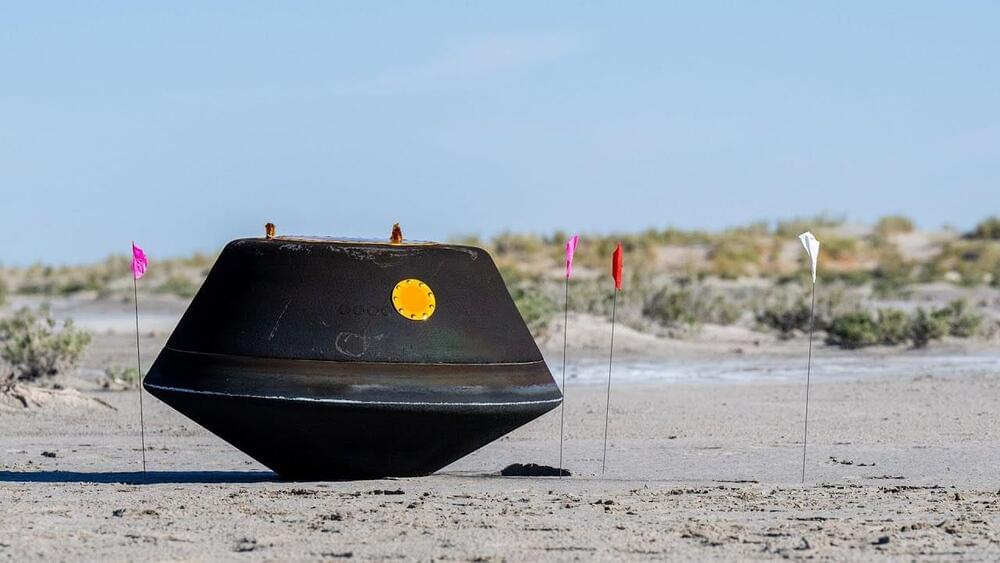
The first asteroid sample collected in space by a U.S. spacecraft and brought to Earth is unveiled to the world at NASA’s Johnson Space Center in Houston on…
Oct 5, 2023
NASA wants a ‘lunar freezer’ for its Artemis moon missions
Posted by Kelvin Dafiaghor in categories: materials, space
NASA has issued a request for “lunar freezer” designs that can safely store materials taken from the moon during planned Artemis missions.
According to a request for information (RFI) posted to the federal contracting website SAM.gov, the freezer’s primary use will be transporting scientific and geological samples from the moon to Earth. These samples, the post specifies, will be ones collected during the Artemis program.
Oct 5, 2023
V0610 Virgo is a low-mass contact binary, observations find
Posted by Saúl Morales Rodriguéz in categories: evolution, space
Astronomers from the Binary Systems of South and North (BSN) project have conducted photometric observations of a distant binary star known as V0610 Virgo. Results of the observation campaign, published Sept. 23 in a research paper on the pre-print server arXiv, indicate that V0610 Virgo is a low-mass contact binary system.
W Ursae Majoris-type, or W UMa-type binaries (EWs) are eclipsing binaries with a short orbital period (below one day) and continuous light variation during a cycle. They are also known as “contact binaries,” given that these systems are composed of two dwarf stars with similar temperature and luminosity, sharing a common envelope of material and are thus in contact with one another. In general, studies of contact binaries have the potential to reveal many details about the evolution of stars.
Located some 1,560 light years away from the Earth, V0610 Virgo is an EW with an apparent magnitude of 13.3 mag. Although not much is known about this system, previous observations have found that it has an orbital period of approximately eight hours.
